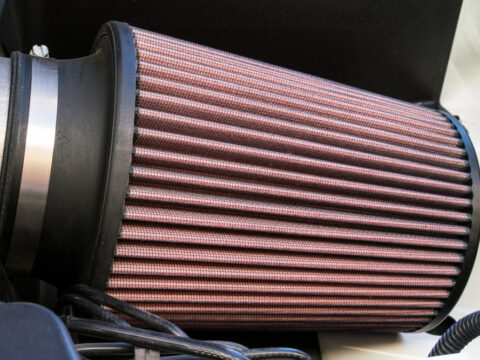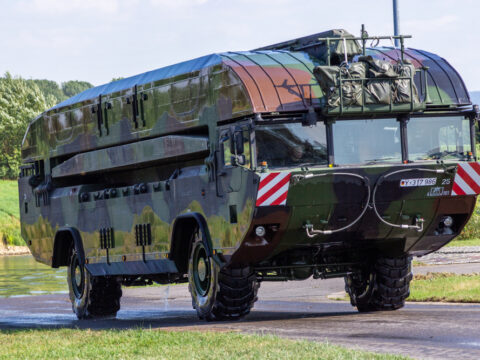Off-roading can be an exciting way to explore the outdoors and push your vehicle to its limits, but misconceptions about the activity can lead to serious issues on the trail. Whether you’re new to off-roading or a seasoned driver, it’s easy to fall for common myths that could ruin your adventure. From vehicle preparation to navigating tricky terrains, understanding the facts is crucial to staying safe and having fun. Here are 18 misconceptions about off-roading that you’ll want to avoid before hitting the trail.
Contents
You Can Off-Road With Any Vehicle

Many people believe any vehicle with high clearance can tackle off-roading, but this isn’t entirely accurate. Off-roading demands specific vehicles equipped with essential features like four-wheel drive, low-range gearing, and enhanced suspensions. Using a standard vehicle could lead to damage or getting stuck in challenging conditions, which can ruin your adventure. While some SUVs appear capable, without the proper off-road modifications, they are at risk of serious mechanical issues.
4WD Means You Can’t Get Stuck
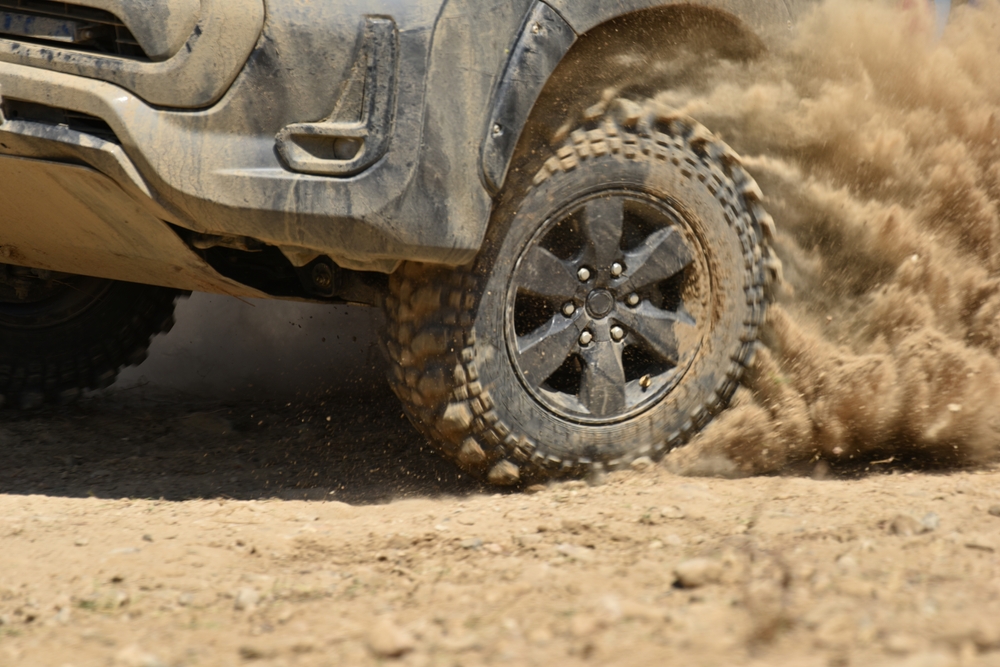
Having four-wheel drive does improve traction, but it doesn’t make your vehicle invincible. Even the most advanced 4WD vehicles can get bogged down in deep mud, soft sand, or heavy snow. Many drivers mistakenly overestimate their vehicle’s abilities, which often results in them becoming stranded. Knowing how to drive according to the terrain, paired with experience, is just as important as the vehicle itself.
Air Down Your Tires Only on Sand
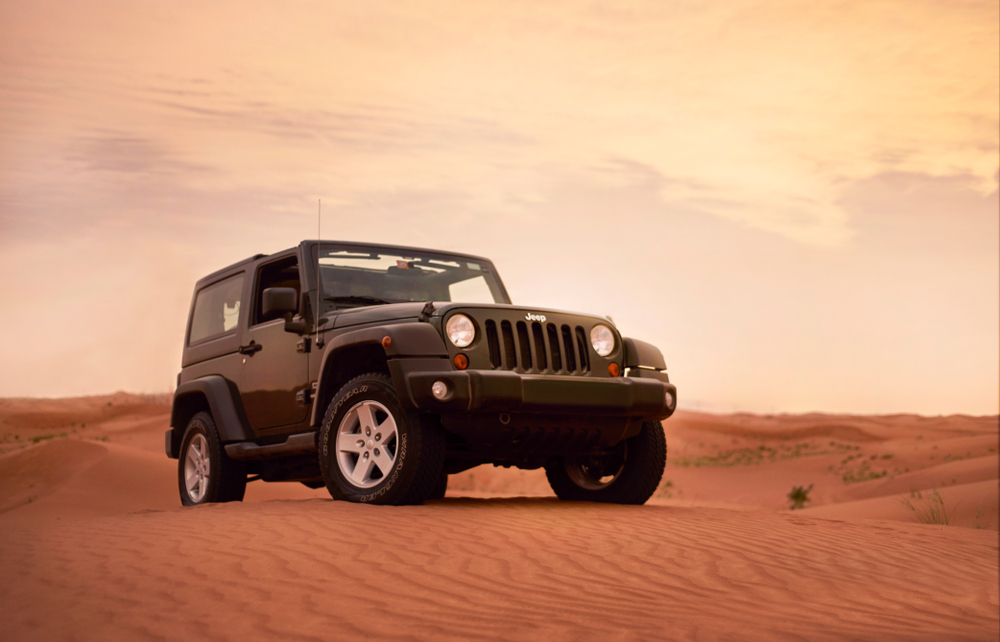
While it’s commonly advised to lower tire pressure on sand, airing down is beneficial in other environments too. Lower tire pressure increases surface contact, which enhances grip in conditions like rocky trails, mud, and snow. This trick not only helps with traction but also provides a smoother ride over rough obstacles. However, don’t forget to re-inflate tires before hitting the highway to avoid unnecessary wear and tear.
No Need for Recovery Gear if You Have a Winch
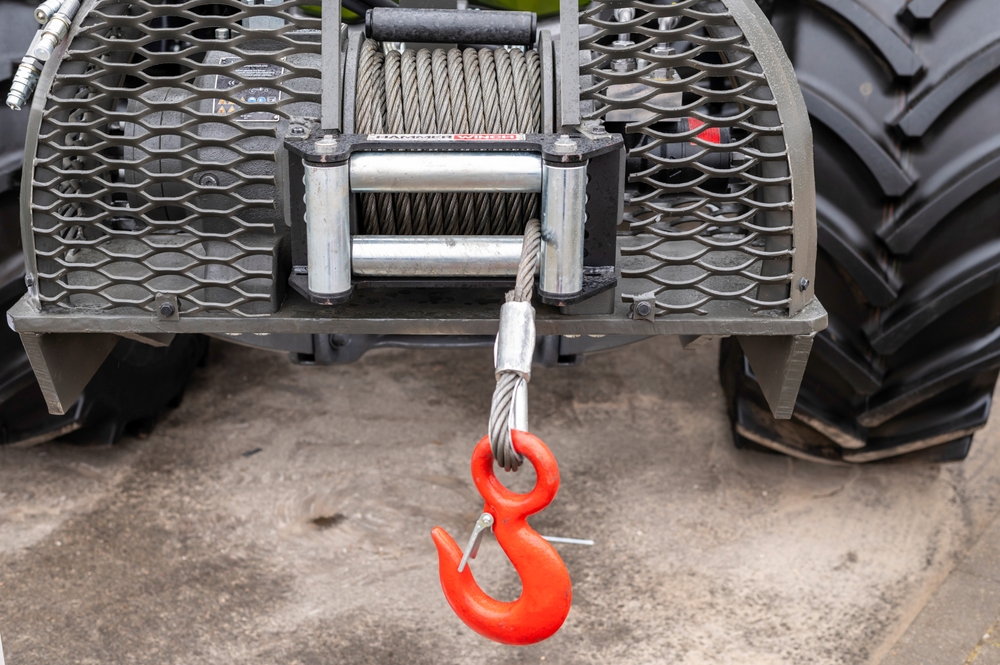
A winch is undoubtedly helpful for off-road recovery, but relying on it alone is a mistake. Without proper recovery gear, such as traction boards, shackles, or recovery straps, you may find yourself stuck without options. A winch also requires a solid anchor point, which isn’t always available in open terrain. It’s better to carry a full recovery kit to ensure you can handle a range of situations.
Driving Fast Over Obstacles is Better
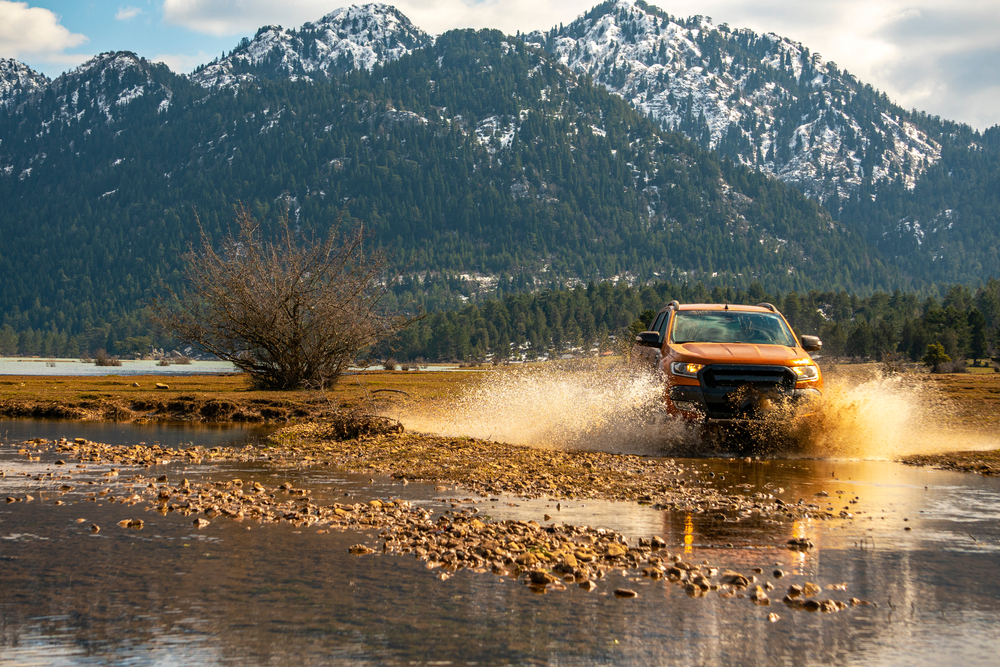
Some off-roaders believe that speed helps when navigating rough terrain, but rushing can cause more harm than good. High-speed driving over obstacles can lead to damaged suspensions, punctured tires, or loss of control. Slower, more deliberate driving allows you to assess the terrain and avoid surprises. In off-roading, patience and precision typically trump speed.
You Don’t Need to Learn Recovery Techniques
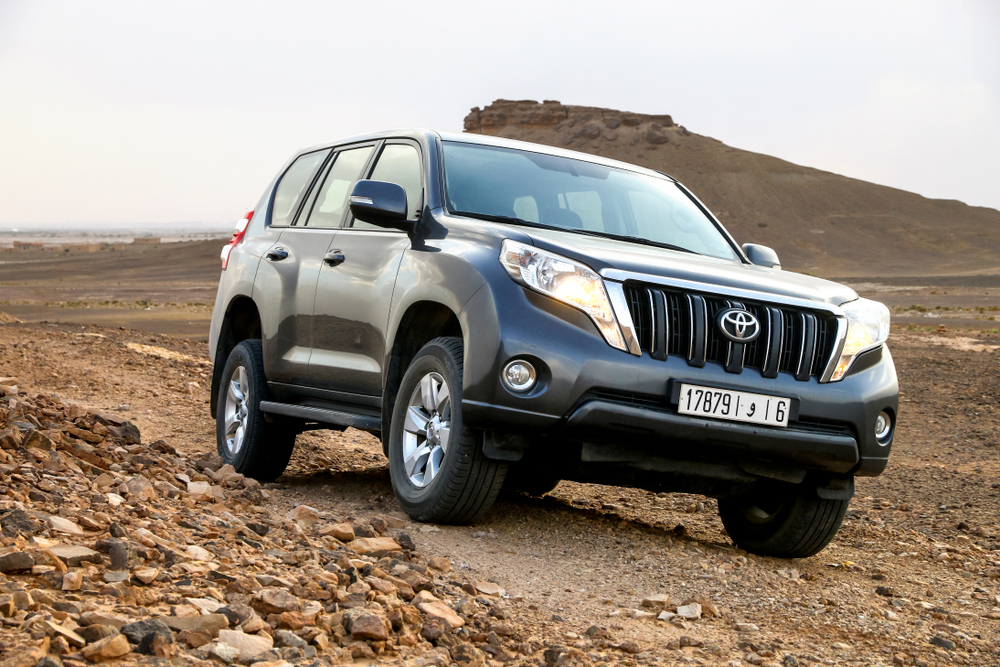
Some enthusiasts assume they’ll never get stuck, so they skip learning recovery techniques. However, getting stuck is a common part of off-roading, and without the proper skills, it’s easy to make the situation worse. Being able to assess your surroundings, use recovery gear effectively, and execute self-rescue can save hours or even days of frustration. Not knowing these techniques can lead to damage or being stranded in remote areas.
Tires Don’t Matter That Much
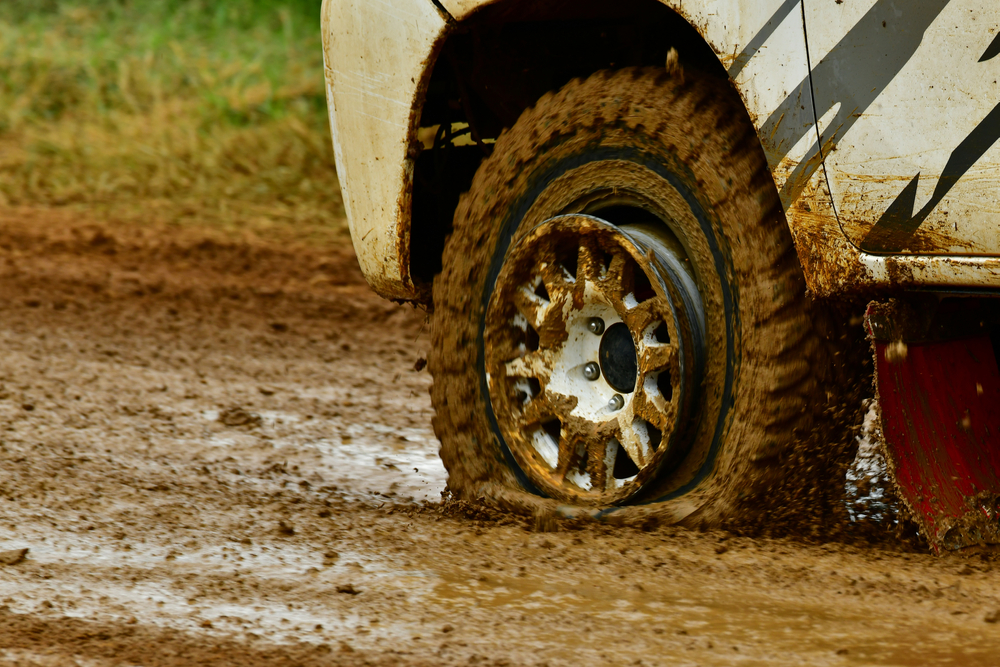
A frequent misconception is that any tire can handle off-roading, but tire choice is crucial. Off-road tires are designed with deeper treads and reinforced sidewalls for better durability on uneven terrain. Regular street tires lack the grip and strength needed for muddy, rocky, or sandy conditions and can easily puncture. Investing in proper off-road tires greatly improves safety and performance.
All Terrains Are the Same
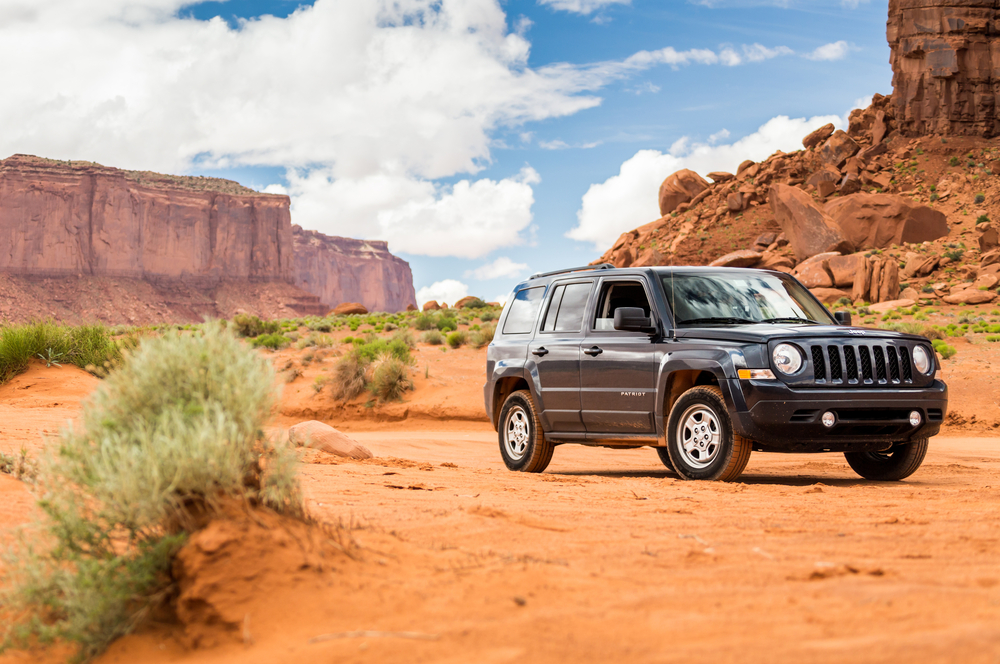
Off-roading in sand, mud, rocks, or snow requires different techniques and equipment. Some assume all off-road terrains are similar, but each presents unique challenges. For instance, sand requires low tire pressure, while rocky terrain demands more careful navigation and traction aids. Misjudging the demands of a specific environment could lead to accidents or getting stuck.
Stock Vehicles Are Always Trail-Ready
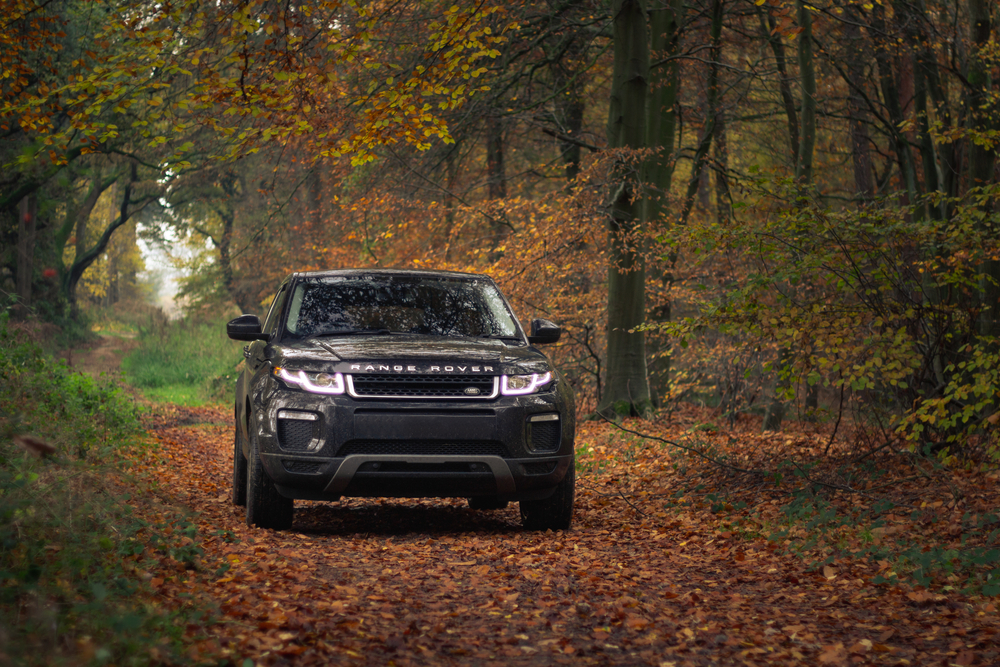
While some vehicles are marketed as off-road ready, many require modifications for more difficult trails. Stock vehicles may lack essential upgrades like skid plates, all-terrain tires, or stronger suspensions. Attempting tough trails without these modifications increases the risk of damaging critical undercarriage components. A few well-chosen upgrades can make a significant difference in performance and protection.
Any Recovery Strap Will Do
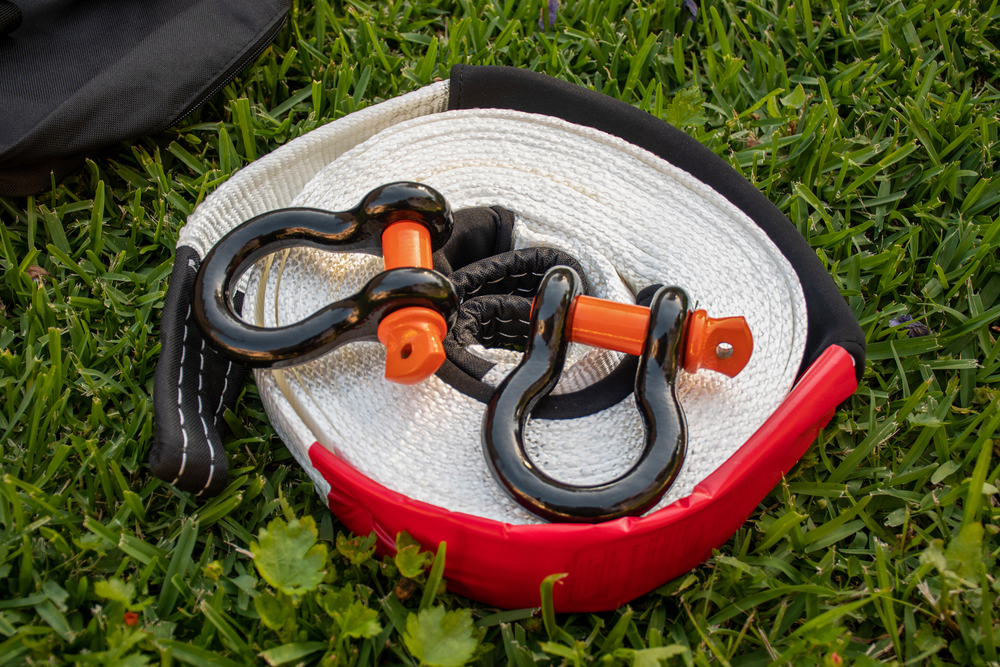
Recovery straps aren’t all the same, but some off-roaders believe any strap will work. Regular tow straps don’t have the flexibility needed for off-road recoveries, which could result in snapped lines and dangerous recoil. Kinetic recovery straps, which stretch to store energy, are much more effective in pulling stuck vehicles free. Using the correct strap not only ensures safety but also improves the chances of a successful recovery.
You Don’t Need to Inspect Your Vehicle Before and After
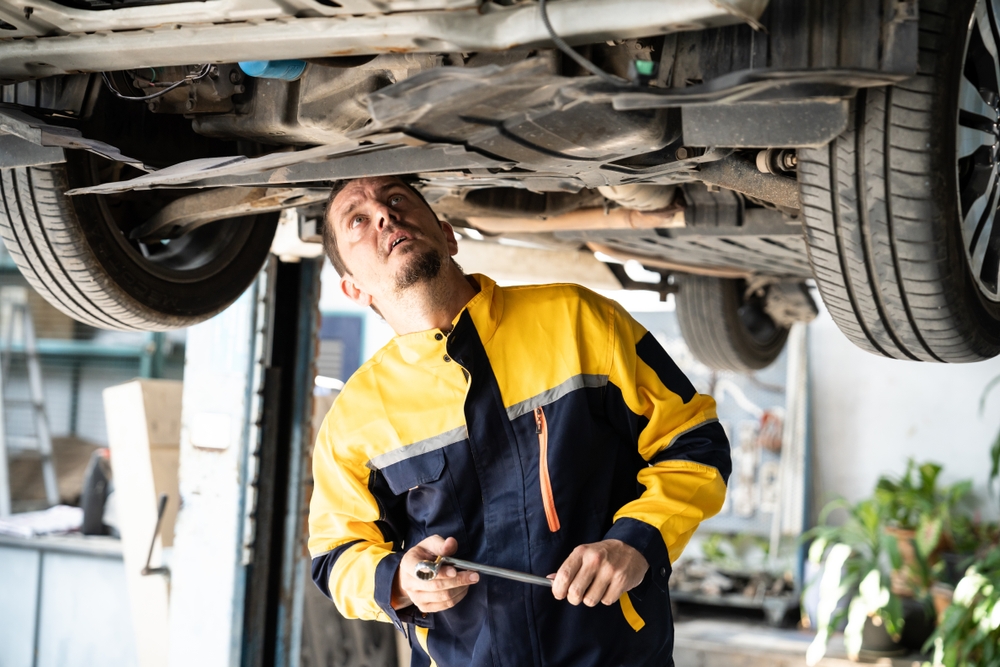
Skipping vehicle inspections before and after your off-road adventure is a risky move. Checking fluid levels, tire pressure, and essential components before heading out ensures your vehicle is prepared for rough conditions. After your trip, inspecting for damage or wear, such as punctured tires or leaks, helps catch problems before they escalate. Regular inspections prevent breakdowns and costly repairs.
Overheating Isn’t a Problem
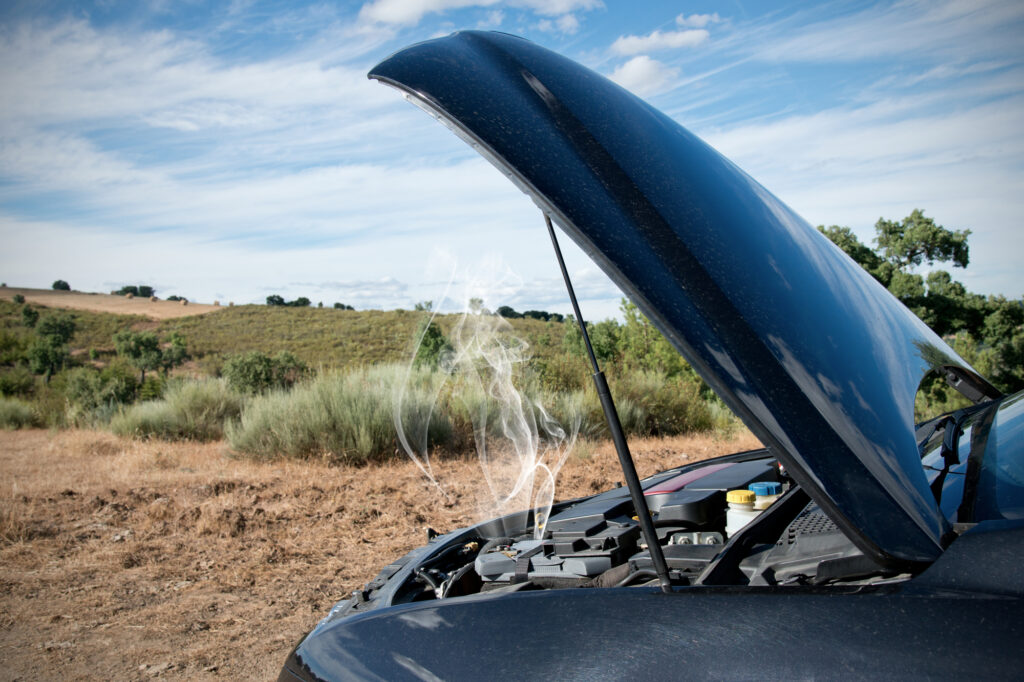
Off-roading can put extreme stress on a vehicle’s engine, especially in hot weather or while climbing steep hills. Overheating is a real threat, and failing to monitor engine temperatures can result in serious damage. Upgrading your vehicle’s cooling system with high-performance radiators or fans can help prevent overheating. Always be aware of temperature spikes and take breaks when necessary.
Water Crossings Are Easy If They Look Shallow
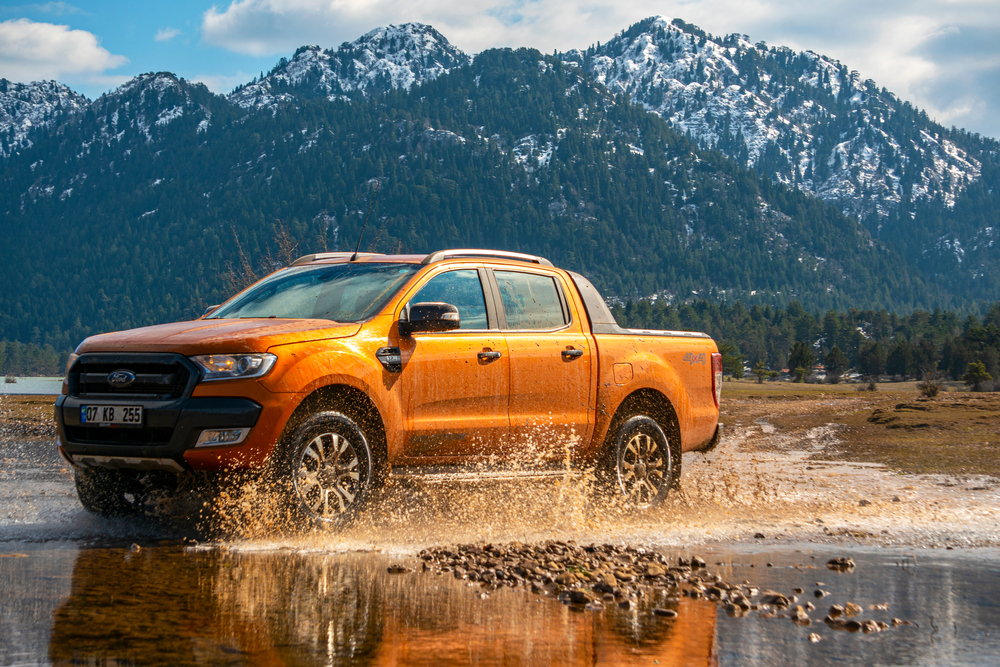
Just because a water crossing appears shallow doesn’t mean it’s safe. The water may hide deep mud, large rocks, or sudden drops, making the crossing dangerous. Entering without proper assessment could result in your vehicle getting stuck or worse—causing engine hydrolock. Always gauge water depth and current strength before attempting a crossing, and know your vehicle’s limits.
Skid Plates Aren’t Necessary
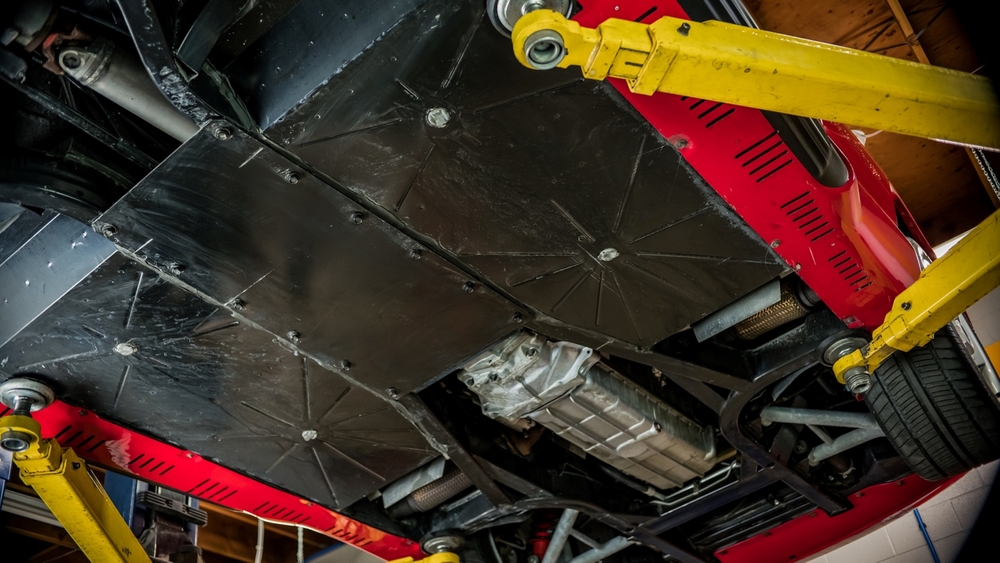
Some off-roaders believe they can avoid major obstacles and therefore don’t need skid plates, but this assumption is risky. Even the most careful drivers can misjudge the height of rocks or debris, putting vital components at risk. Skid plates protect your vehicle’s undercarriage, including the oil pan, fuel tank, and transmission, from serious damage. It’s a small investment that offers peace of mind on tough trails.
You Can Rely on Cell Service for Navigation
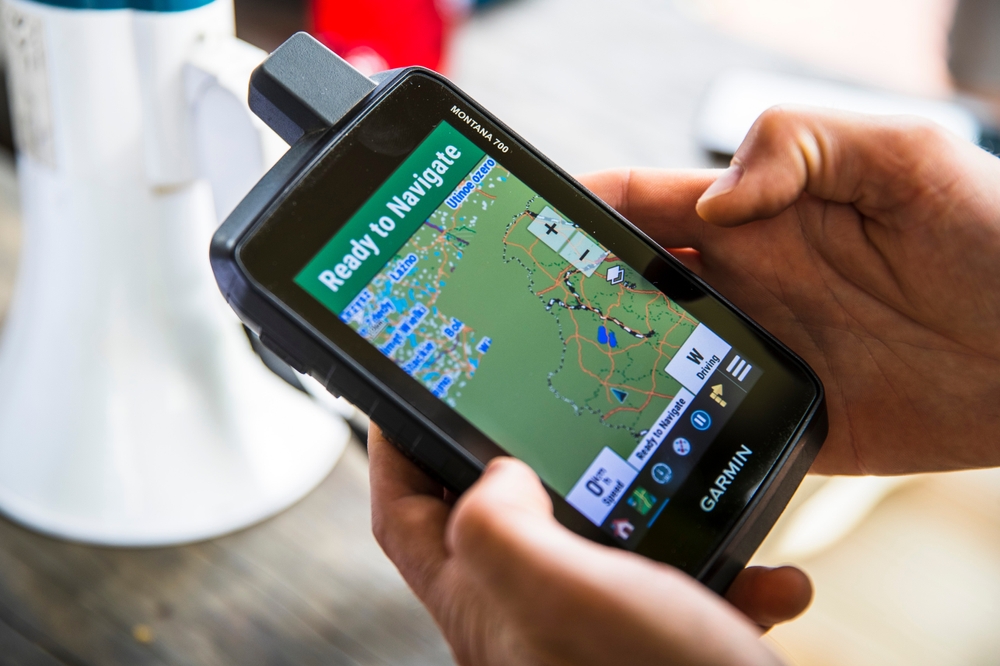
Many assume they can depend on their phone’s GPS for navigation, but cell service is often unreliable in remote areas. Without a signal, your phone’s maps may be useless, leaving you stranded without directions. Investing in a dedicated GPS or downloading offline maps ensures you can find your way even when out of cell range. Planning ahead and bringing reliable navigation tools is essential.
Full Fuel Tanks Aren’t Necessary for Short Trips
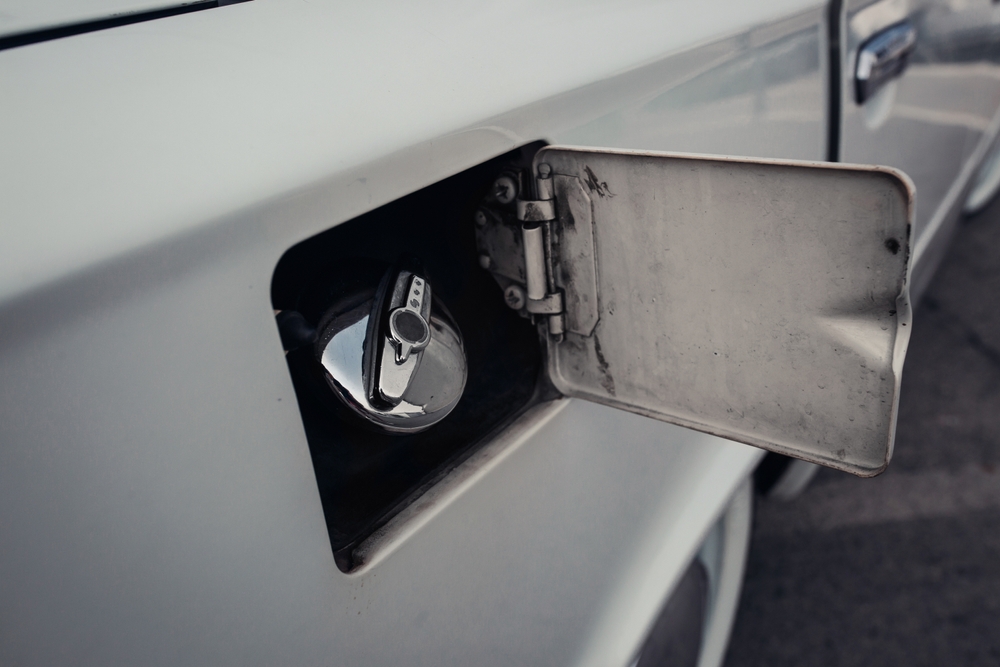
Some off-roaders believe they only need a partial tank of fuel for short trips, but off-roading consumes more fuel than regular driving. Rough terrain and constant gear shifting can significantly reduce fuel efficiency, meaning you’ll use more gas than expected. It’s always best to start with a full tank and carry extra fuel if heading into remote areas. Running out of gas far from help could end your adventure prematurely.
It’s Easy to Predict the Weather

Weather can change rapidly in off-road environments, especially in areas like mountains or deserts. Many drivers assume the forecast will hold, but sudden storms, flash floods, or snow can create dangerous conditions. Always prepare for unexpected weather by bringing appropriate gear and keeping an eye on changing conditions. Being caught off guard by the weather can quickly turn a fun trip into a hazardous one.
Off-Roading Is Only for Experts
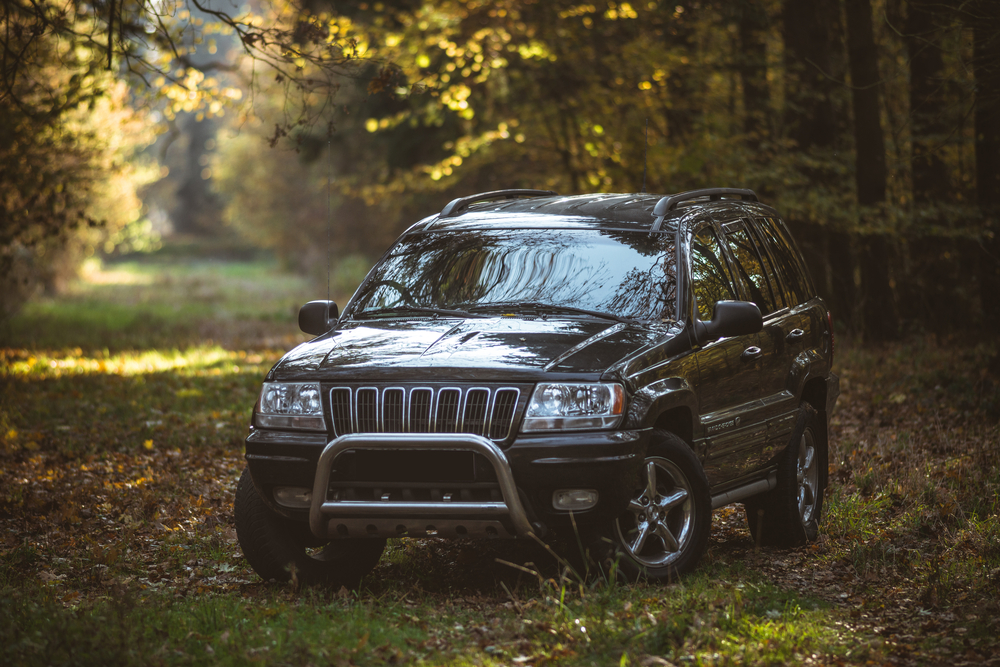
Many think off-roading is only for the pros, but with the right preparation, beginners can enjoy it too. Start with easier trails and gradually build experience while learning how to handle different terrains. Proper research, training, and understanding your vehicle’s capabilities make off-roading accessible to anyone willing to learn. You don’t need to be an expert—just take it slow and prioritize safety.
This article originally appeared in MyCarMakesNoise.
More from MyCarMakesNoise
20 Thrilling Cars That Come with Serious Driving Risks

Some cars are thrilling to drive but come with significant safety risks. Their high performance and exhilarating speed can lead to dangerous situations on the road. Read More.
25 Underrated Vintage Race Cars That Dominated the Track

When it comes to vintage race cars, some legendary names immediately come to mind, but there are others that quietly carved their place in racing history. These underrated vehicles may not have the fame of their more celebrated counterparts, but their performance on the track was nothing short of remarkable. Read More.
15 Best Tank Museums Displaying Military Armor

If you’re a military history enthusiast or simply fascinated by armored vehicles, visiting a tank museum is an unforgettable experience. These museums offer a rare glimpse into the power and engineering behind some of history’s most formidable machines. Read More.

